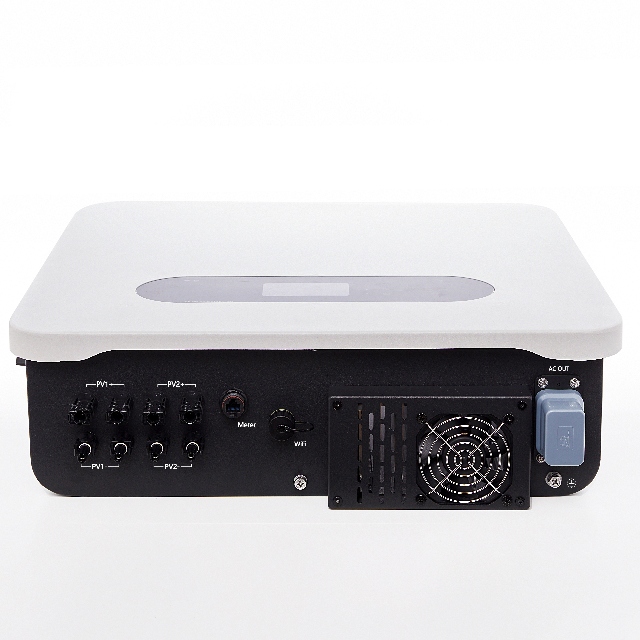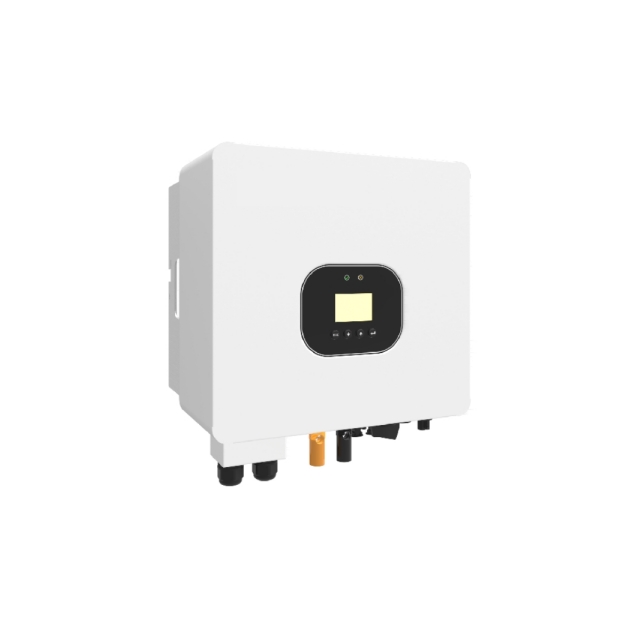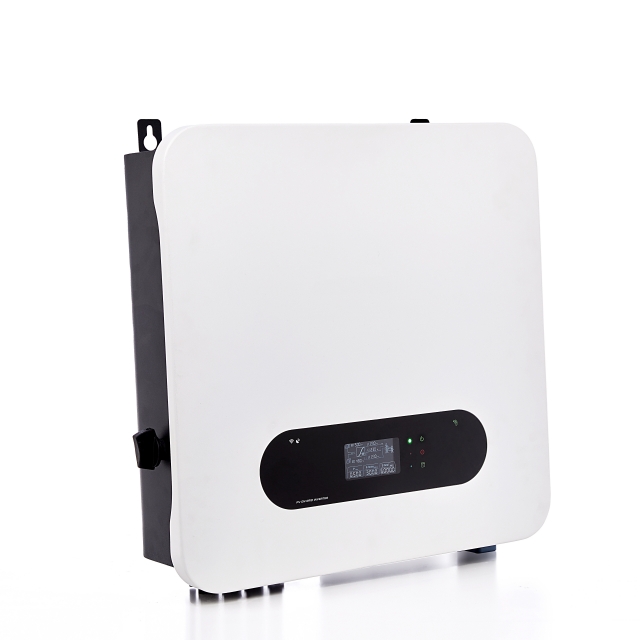Author:BLD Solar Energy SystemFROM:Solar System Converter Manufacturer TIME:2023-10-20
The solar photovoltaic (PV) industry has witnessed significant growth in recent years, with an increasing number of homes and businesses harnessing the power of the sun to generate clean and renewable energy. One key component of this industry is the hybrid inverter, a technological innovation that combines the functionalities of both a string inverter and a battery inverter. This article aims to explore the applications of the hybrid inverter and how it is revolutionizing the solar industry.

In residential settings, the hybrid inverter plays a crucial role in enabling energy storage solutions. Traditionally, solar PV systems without storage capabilities would feed excess electricity back into the grid. However, with a hybrid inverter, homeowners can store surplus energy in batteries for later use, reducing reliance on the grid during periods of high demand or when sunlight is limited. This not only enhances self-consumption but also provides backup power during power outages, ensuring uninterrupted electricity supply.

Hybrid inverters have enabled residential and commercial properties to achieve grid independence. By incorporating battery storage and advanced control mechanisms, these inverters allow users to operate their solar systems in an off-grid mode. This is particularly beneficial for remote locations or areas with unreliable grid infrastructure. Hybrid inverters facilitate the transition to a decentralized energy system, where individuals and communities can generate and consume their own electricity, reducing dependence on fossil fuels and centralized power plants.

The integration of hybrid inverters with smart grid technologies opens up opportunities for demand response and peak shaving. Demand response refers to the ability to adjust energy consumption in response to the grid's needs. With a hybrid inverter, users can intelligently manage their energy usage, optimizing the system's performance and reducing strain on the grid during peak load periods. This not only helps to stabilize the grid but also supports the integration of intermittent renewable energy sources by aligning electricity supply and demand more effectively.
In conclusion, the hybrid inverter is a game-changer in the solar photovoltaic industry. Its applications span from residential energy storage and grid independence to demand response and peak shaving. As technology continues to advance, we can expect further improvements and innovations in the hybrid inverter space, enabling a more efficient, sustainable, and resilient solar ecosystem.
